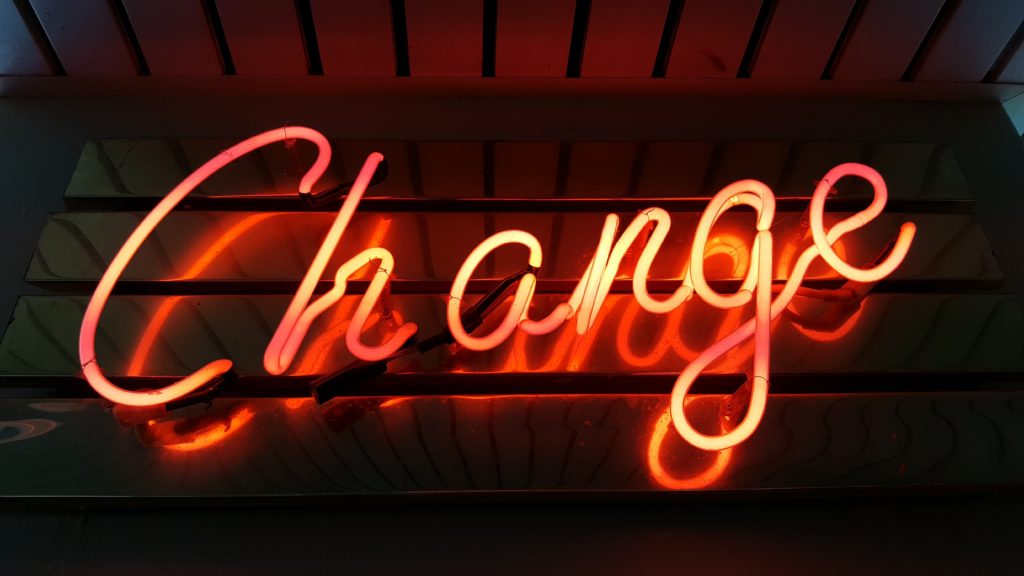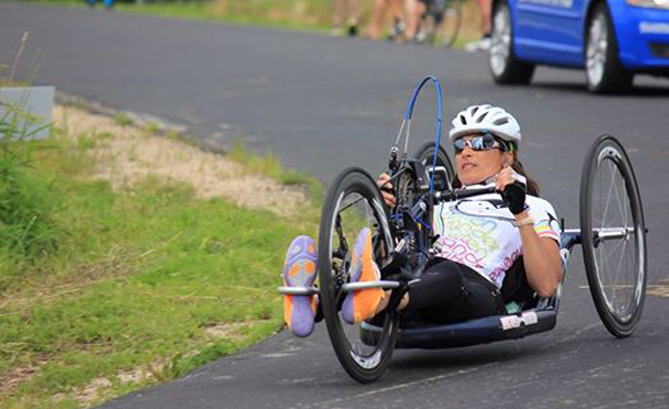How do you adapt to change?
In today’s world, it’s more important than ever to be able to adapt to change. It’s all around us every day through new technologies, business strategies, and in our personal lives.
When I deliver my motivational talks or workshops, I explain that being able to adapt to change and overcome challenges and hardships are what make great leaders. In fact, to be successful, to be a leader, or to do pretty much anything these days, requires the ability to adapt to your surroundings, not fearing change, but welcoming it with open arms.
Unfortunately, this is not as simple as it seems. Adapting to new circumstances often requires discomfort and learning to do things in a new way. While it is completely natural to doubt yourself when faced with change, learning how to overcome it can open up new opportunities (click here for tips on how to overcome doubt).
Adapting to change can be uncomfortable and difficult to do – and it takes a certain type of person to accept and embrace the challenge of adapting to change.
The Name of the Game
As a wheelchair user and an athlete, I have found that adapting is the name of the game. Each day I am confronted with things that require me to think differently about how to accomplish a task, so that I’m able to do the same things from a wheelchair that most people do with the ability to stand, walk, or move their bodies freely.
Fortunately, I learned early on after my paralyzing accident that creative problem solving was going to be part of my daily life. And it started with learning how to sit up.
As an inpatient at Craig Rehabilitation Hospital in Denver, I worked with a physical therapist to learn how to get around in a wheelchair and transfer from the chair to the couch, car, bed, or any other place I needed to be. But it didn’t start out simply and we had to go back to the basics.
I had to rebound and adapt to a whole new way of living – and it wasn’t easy (you can read more about how I rebounded here).
The first day I worked with Stacey, my physical therapist, I had to learn to sit up from the lying position. It seemed easy enough—after all, it was the first thing I had done on most mornings of my life.
In the therapy gym at the hospital, Stacey lifted me out of my chair and put me onto a therapy mat, which was about the same height as my chair and probably ten feet by ten feet. She laid me flat on my back on the mat and asked me to sit up. I did what I always had, tightened my stomach muscles, and sent that signal from my brain to my body that says sit up and not one thing happened.
I panicked. I had no idea that when you’re paralyzed from the chest down, you can’t just sit up. Your stomach muscles don’t engage, you don’t have the ability to use your core.
As I looked at Stacey, my face got flush and the tears welled up in my eyes. I said, “Stacey, how am I going to live my life if I can’t do the most basic thing you do every morning?”
She tilted her head at me in that sympathetic fashion and said, “Okay Trish, you do have a long way to go. But just because you’re in a wheelchair doesn’t mean that your life is over. You’ll still be able to do all the same things you’ve ever done. You’ll just have to learn new ways to do them.”
I didn’t believe her at first until she taught me to roll over on my side, push up on my elbow, push up on my hand, and arrive at a sitting position. It took many attempts to get it right, but by the end of the session, I had learned a new way to sit up.
That was an extremely valuable lesson for me. It brought to mind how we often panic or throw our arms up in the air when we can’t do something. Or the times we get stuck because we can’t see another way. If we can’t see beyond our problems, it’s easy to give up and accept defeat. When I get stuck, I like to think of a speech I once heard by a gentleman named Roger von Oech who studied creativity and encouraged his audiences to look for the second right answer when the first one didn’t pan out.
That day in therapy, I learned that statements like “this is the way we’ve always done it,” or “this is the only way TO do it,” weren’t going to work in my new reality. But as it turns out I’ve found there is always more than one way to reach a goal; we just have to continue searching for solutions when our original ideas, thoughts, or plans don’t work out. Stacey taught me to see beyond the dead ends…to be flexible, creative, and to believe in finding new answers.
She taught me how to adapt to change.
Now I see my disability as an asset in creative problem solving because it isn’t simply a skill, but a way of life. As I look around me at my friends and fellow athletes, I continually see new adaptations that most wouldn’t think possible. And I am inspired.
Take a look at Martin Ashton, an injured downhill mountain biker who found a new way to ride a bike.
Or Aaron “Wheelz” Fotheringham, who found a new way to soar through the air.
What will you do today to change your thinking and find a new way?

How to Adapt to Change: Your Redefining Able Adaptability Action Plan
1. Dig Deeper
Roger von Oech says to adapt to change, dig deeper.
Don’t stop with the first right answer you find. Remember the best way to get a good idea is to get lots of ideas. What good ideas are below the surface? What’s the second right answer?
Nothing is more dangerous than an idea when it’s the only one you have.
Emile Chartier
2. Let go of old ideas, gently
Allow yourself to mourn over setbacks or ideas that don’t work out, by reminding yourself, “this isn’t how I had hoped this would happen, but many positive things have come of it.” Then write down the positive things that you have learned or gained from the experience.
Writing down and remembering the positive things, even in times of struggle, will remind you to stay strong as you adapt to your new changes.
3. Let the suspense of the unknown become an adventure.
When change comes and adaptation is necessary, think of it as a game or a challenge to conquer. Don’t sit around waiting for it to conquer you. Learn how to navigate the unknown and growth will come.
4. Remember that you are not alone.
Change is something that affects us all. We must all adapt to continually changing circumstances. When faced with new situations or problems, look around you for examples, advice, or role models.
As much as you may feel alone when going through change, remember that everyone around you is facing their own kind of struggle. Seek out advice and people who can help you overcome challenges by providing support and encouragement.
Liked this article? Here are 3 more:
Ride Your Own Race
Emotional Tax—Am I paid in full yet?
Eight Tips for Raising Your Resilience When Adversity Strikes
This article was published on March 29, 2016 and has been updated for 2020.




